Pros and cons of electric baseboard heaters
Updated March 3, 2024 . AmFam Team
If you’re in the market for a new home, you may schedule a viewing and learn that it’s heated exclusively with baseboard heaters. But is that a good thing? Homebuilders sometimes opt for baseboard heat in regions that don’t see extremely cold winters. In other cases, older homes were built when natural gas lines didn’t exist in the area, so electrical heating was the only option.
Are baseboard heaters a good idea? The answer to that depends on how they’re used and the local climate. Let’s take a look at the various types of heaters on the market and learn about electric baseboard heating's pros and cons.

Electric baseboard heaters and the real estate market
Homes on the market may offer utility bill details to prospective buyers. Start by requesting details on the home’s annual electric bill to get an idea of the average cost. Next, look at the age of the heaters — they typically need replacement after 20+ years.
If you’re shopping for a home where temperatures drop below freezing seasonally and snow piles up over the winter, odds are the yearly energy costs will be high. Here are other key considerations to keep in mind when you’re looking at electric baseboard-heated homes:

Home-building costs are likely less. Choosing an electric baseboard heating system is typically less expensive for the builder and can help keep construction costs down. Older homes in mild climates opted for this type of heat.
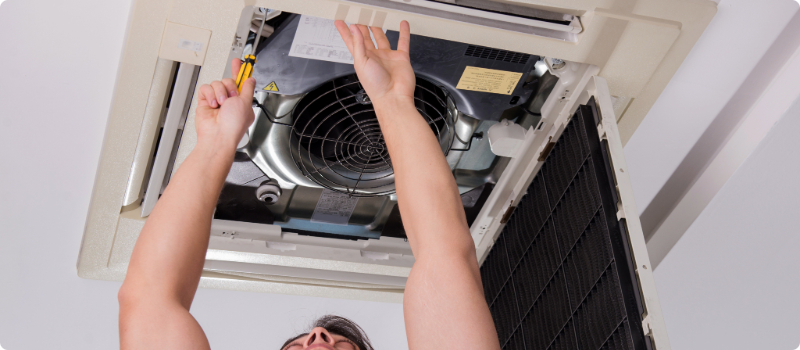
The home may not have central AC. When no ducting is present for heating, you’re probably looking at a home that is not outfitted with central air conditioning. Because air conditioning window units can be inefficient compared to central AC systems, costs to cool the home may also be higher during the summer months.
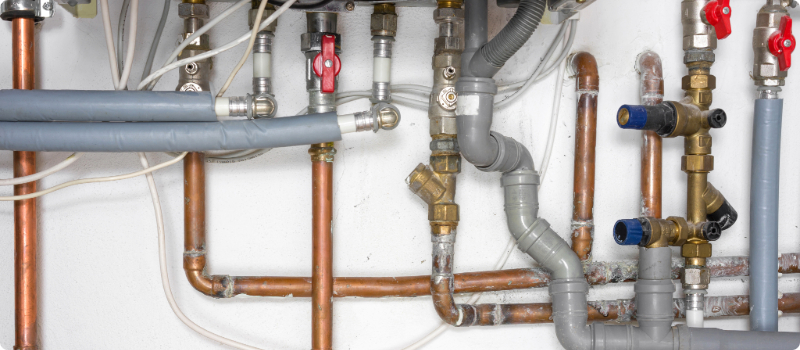
Converting to a hot water (hydronic) system may be a heating option. A rather expensive replacement option, hydronic heating could save you money over time. If you plan on being in the home for several years, converting may be cheaper than outfitting the home with forced air heating systems, ducting and labor. Another benefit is that hydronic baseboard heating systems take longer to cool down than their electric counterpart.

Investing in solar photovoltaics (PV) may save you money. State and federal tax incentives can help offset costs for these programs if the conditions are right for installing solar panels. You’d need to get an energy assessment before making any decisions, but this type of heating could be worth considering if energy bills can be offset. When net metering is available, you’ll be able to sell your unused PV energy back to the supplier.
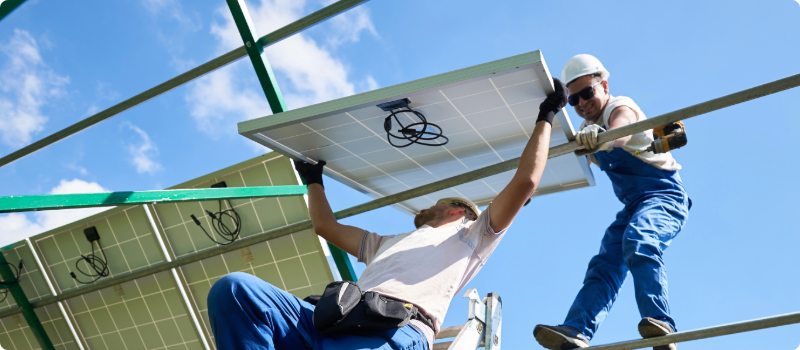
Installing solar hot water could be worthwhile. Similar renewable energy tax credits are available for solar hot water systems. Costs related to replacing the current heaters with a hydronic heating system need to be considered as well. These systems can be supplemented with a conventional hot water boiler to keep the home warm all day and night.

Heat pumps are a great option for mild regions. Converting to an electric heat pump when electricity is the only fuel option may be a viable alternative. You’ll benefit from both heating and cooling — and it’s a very energy-efficient choice, too.

The pros of electric baseboard heating
When the circumstances are right, electric baseboard heating can be a great way to heat your home. If the temperatures are moderate and last all year long, it may be a good fit. Here are other pros of electric baseboard heating:

In warm climates, the energy cost may be nominal. When only a few weeks out of the year will require continuous use of the heating system, it may be affordable. Baseboard heat works best when it’s used sparingly because the operating costs can be very high.
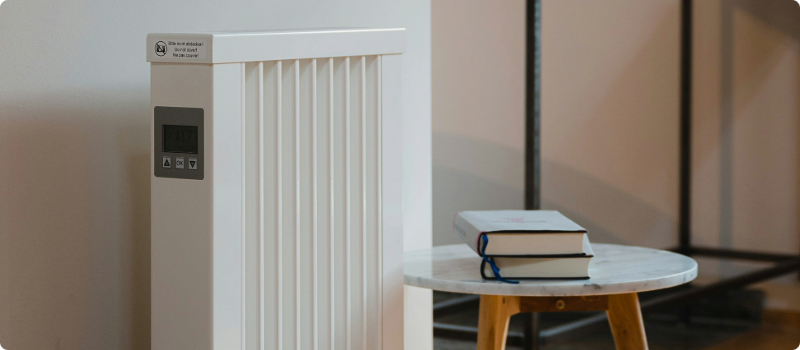
You can heat each room individually. Although some electric baseboard heaters are tied to a central thermostat, most can be controlled locally. If there are rooms that won’t see a lot of use during the colder months, they can stay cooler, and you can save. When you only need to heat a room for a few days over the winter, these are great options.

They’re easily relocated. If installers didn’t place the baseboard heater correctly (usually under a window), it’s not hard to reposition them.
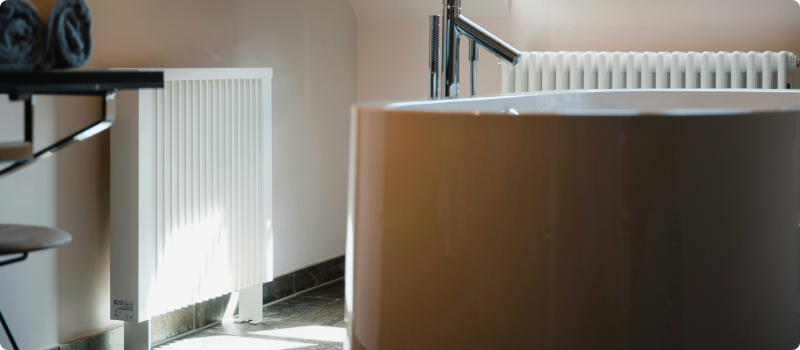
Adding new units to rooms that need more heating is affordable. Enhancing cooler rooms with another baseboard heating unit is inexpensive — as far as the initial purchase is concerned. You’ll need a licensed, bonded electrician to manage the increased electrical load and run new wiring.
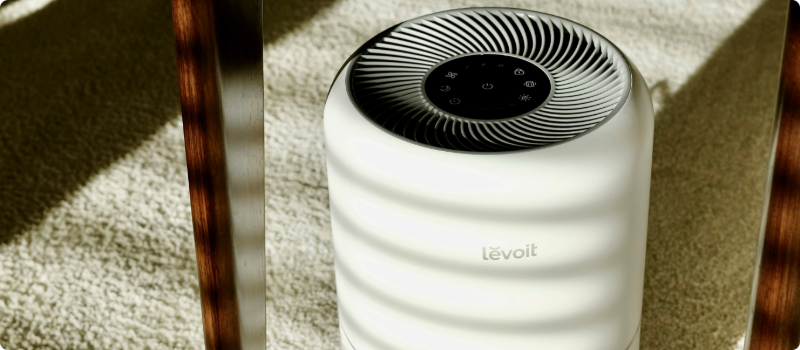
No moving parts. One big benefit of baseboard heat is that there are no moving parts to these heating systems. That translates to a heating system that’s less prone to failure than HVAC systems and decreased maintenance costs over the years.

DIY friendly. Taking on the installation of baseboard heat with home improvement projects is pretty easy. With minor electrical skills, you can take on the installation — or work with an electrician and still keep costs down.

The cons of electric baseboard heating
Best used for supplemental heating needs, the biggest cons of electrical baseboard heating are centered on their annual heating costs. Across the US, natural gas is almost always a less expensive way to heat your home. But in certain areas, when electricity is all that’s offered, you may wind up paying more than you’d like.

Winter energy consumption will spike. There’s no getting around it; keeping your home warm with record lows extending to sub-zero temps is going to cost you.
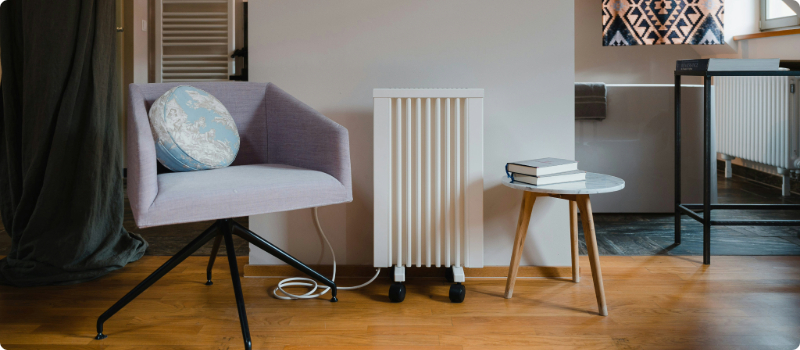
Furniture position is limited. Because baseboard heaters require extended areas of wall length, your options for placement of furniture and home décor are limited.
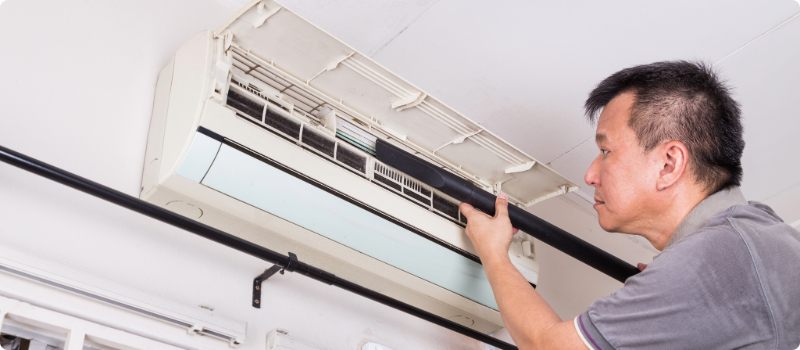
Requires cleaning to maintain efficiency. Electric baseboard heaters need to be maintained and dusted to remain efficient. When debris or dust settle on the fins, they can restrict and sometimes block airflow significantly.
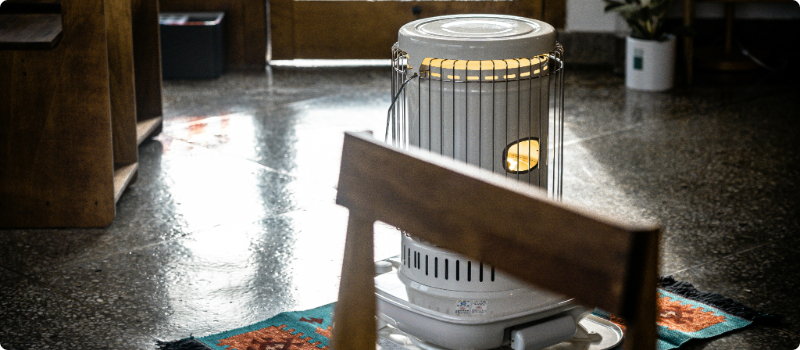
Improperly placed systems don’t heat well. If the flooring changes in a room with electrical baseboard heat, you may need to revisit the placement of the units. Unheated air enters the baseboard from below. A space of about an inch between the bottom of the unit and the top of the carpet is required to ensure good airflow.
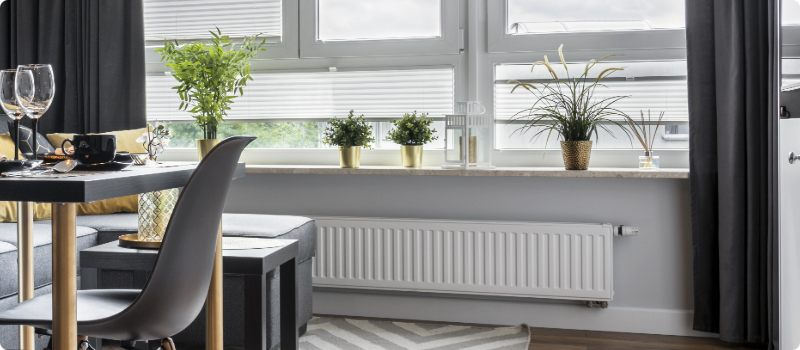
Low-hanging drapes can limit heat distribution. Because baseboards are often placed below windows, long drapes can get in the way of the heated air. If drapes extend down across the top of the heater or even within five inches from the top of the baseboard, heating may be obstructed.

Hallways and unheated areas will be cold. Baseboard heating circulates heat within a room. When areas adjacent to a baseboard-heated space don’t have their own heat source, they’re typically cooler.

If you’re thinking about upgrading your current heating system for another one — remember to get in touch with your American Family Insurance agent. When big-ticket home purchases are on the table, your agent can be a valuable resource and help you understand the insurance implications of each option before you buy. Get in touch today and find the peace of mind that comes with the knowledge that everything you’ve worked so hard for is well-protected.
This article is for informational purposes only and based on information that is widely available. This information does not, and is not intended to, constitute legal or financial advice. You should contact a professional for advice specific to your situation.
Tools & Resources
NextScripts
JSS component is missing React implementation. See the developer console for more information.

